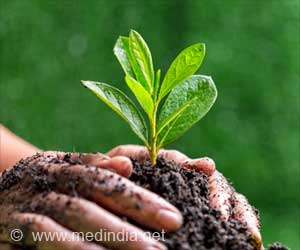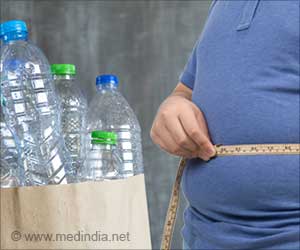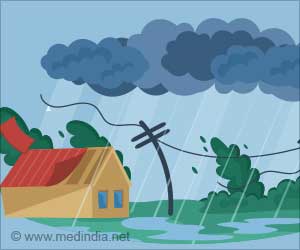Plastic pollution: Indus river carries the second highest amount of plastic debris to the sea.

‘Around 3.4 million tonnes (MT) of plastic waste are generated in India, out of which only 30% of the plastic is recycled. #plasticpollution #savetheearth’





As a country that comprises about 140 billion people, we have taken many steps, including creating awareness. Prevention and cure, both the methods are being applied to address the issue of plastic waste management.
How to Overcome Polluting Mind-Set and Beat Plastic Pollution
Plastic recycling is scientific. The process involves collecting and sorting scrap or waste and cleaning it to remove any contaminants, before either it is shredded into flakes or melted down and turned into something else. Most plastics are melted into pellets, which are used to make denser plastics -- such as chairs and tables, which have gained quite a popularity in the market.The increasing demand of plastic is another source of increase in plastic waste. While the rest of the plastic waste is sent to landfills or aquatic dumps, the report also noted and suggested ways to deal with the challenge as the entire plastic value chain, from production to waste disposal, severely impacts the local ecologies it surrounds.
Over a five-year period, the plastic consumption in the country has risen at a compounded annual growth rate (CAGR) of 9.7 percent to 14 MT in the financial year 2016-17 to 20 million tonnes in 2019-20 (1✔ ✔Trusted Source
Plastics Alternative Study
Go to source). In 2021-22, India's plastic demand was 20.89 million tonnes, which is projected to exceed 22 million tonnes by 2023, said a Plastic Industry Status Report. As many as 4,953 registered units are engaged with plastic in 30 States/Union territories in India, a report by CPCB said.
It is astonishing to know that every year the world uses about one trillion plastic bags. Each year, at least 8 million tonnes of plastic end up in the oceans, the equivalent of a full garbage truck every minute. About 7 years back, in 2016, The World Economic Forum found that 78 million tonnes of plastic is produced annually, and only 14 percent is recycled, and 32 percent is leaked into the environment. Furthermore, they also found that in 2014, the ratio of fish to plastic was 5:1. They predicted that by 2050 this ratio would be 1:1, so there would be as much plastic as fish. So clearly, this is pollution on an enormously detrimental scale.
Plastic bags tend to disrupt the environment in a serious way. They get into the soil and slowly release toxic chemicals. Animals eat them and often choke and die. Plastic bags pollute the Earth in two major ways. They are thrown into landfills and there, they stay and contaminate the Earth for at least 1,000 years and leak toxins into the Earth and also affect fresh water reserves. This is known as photo-degrading. They also release methane into the air and harm our ozone layer. Only carbon-dioxide pollutes more than the methane released from plastic bags.
Advertisement
Many countries are trying to take steps toward banning them but only a handful of cities in the US are trying to do anything about them. In fact, the US alone uses more than 380-400 million plastic bags annually. Globally, California became the first US State to place a ban on single-use plastic shopping bags in 2015
Some European countries, such as Germany and Denmark, have recently put in place partial or complete ban on plastic bags. Elsewhere, some supermarkets and retail stores have started to charge for plastic bags. The purpose, the report states, is to reduce the use of plastic bags and encourage the use of reusable bags. Even in urban areas, where wildlife is relatively scarce, plastic bags cause significant environmental harm. Runoff water collects and carries discarded plastic bags and ultimately washes them into storm sewers. It is also affecting our fossil fuel supply.
Many people are resorting to using paper bags but, are they really better than plastic bags? The answer is that paper and plastic bags have approximately the same advantages and disadvantages. Although paper bags degrade a little faster than plastic ones, they take a lot more space in landfills. This is because paper bags are bulkier than plastic bags. Plastic bags only take up 0.4 percent of landfills but they pollute more. Paper bags take up 1.0 percent of landfills but they pollute the same amount as plastic bags because of their huge amounts.
The search for alternatives to plastic bags is continuing. The use of trees to increase the production of paper products combined with the increased energy that is required to make paper bags will also affect the environment. The solution lies in using re-re-usable either cloth or canvas bags. This would also help in utilization of discarded cloth and canvas, leading to employment generation in rural areas and help in eradication of poverty.
Reference:
- Plastics Alternative Study - (https://www.niti.gov.in/sites/default/files/2022-07/Plastics%20Alternative%20Study_Final_Report_compressed.pdf)











